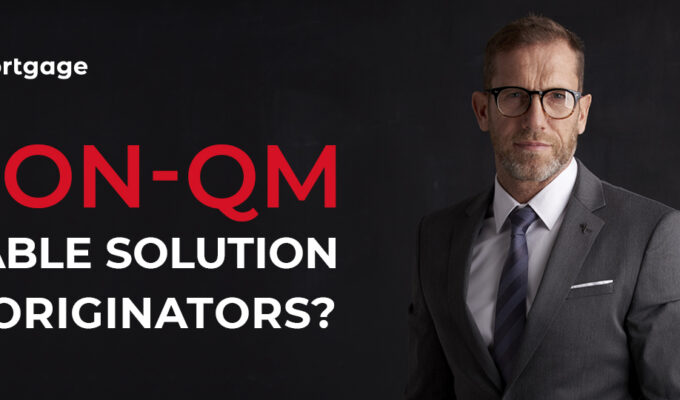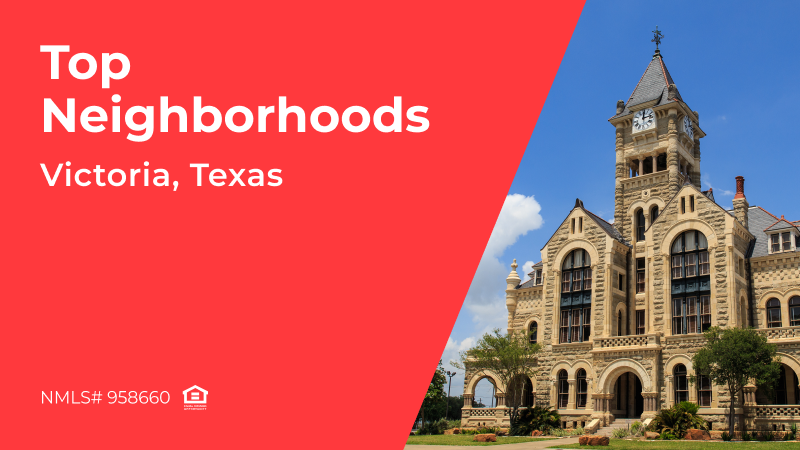
(Hollywood, FL) — The economic consequences of the pandemic have had a profound effect on the economy at large but it has had a disproportionate impact on small business owners, self-employed contractors, and gig economy workers who make up nearly 48% of the private workforce.
Struggling with a loan scenario?
Get a solution in 30 minutes!Fill out the short form and get a call from our AE
Submit a ScenarioMillions of these self-employed workers would like to take advantage of historically low mortgage rates but they do not easily fit the standard profile in order to qualify for conforming or government loans.
Instead, these individuals – from dentists to Uber drivers – must rely on the creativity and flexibility of non-QM loan programs that are specifically designed to fulfill their unmet needs.
Given the enormous size of this market and the increasing demand for non-QM loans, there is also a substantial and profitable business opportunity for mortgage loan originators.
Non-QM Mortgage Loan Benefits
Non-QM loans are mortgage loans that permit borrowers to qualify based on alternative factors, instead of the traditional income verification required for most QM loans. Examples of alternative verification might include the use of bank statements or designating assets as income.
Because of these more flexible criteria, non-QM loans make real estate investment opportunities available to a broader group of borrowers which, in turn, is good for brokers.
Unfortunately, many first-time buyers – and even many brokers – are only familiar with QM loans. They aren’t aware that non-QM loans are a credible and viable option for many borrowers.
Some of the benefits of Non-QM loans that many lenders allow include:
- Greater underwriting flexibility
- Wider range of income verification options
- No employment history is required (in some cases, such as asset utilization or depletion loans)
- As little as 10% down required
- Low-income reserves required (in some cases)
- Credit scores as low as 620 allowed (580 w/ compensating factors)
- Low debt-service-coverage ratio (DSCR) on investment properties
- Counting rental income (including Airbnb & VRBO)
As many mortgage loan brokers know all too well, real estate opportunities do not linger on the market for long. They also know that not all borrowers fit into a neat and tidy box.
For many potential homeowners, investors and originators, non-QM loans are the only way to make certain real estate investment opportunities possible.
Unconventional Borrowers
As previously mentioned, non-QM loans are a way for borrowers to secure a mortgage, even if they don’t meet the “traditional” borrower profile. Non-QM loans are also valuable to brokers who can benefit from the increased pool of borrowers, while helping their clients to acquire their dream home.
Unconventional borrowers have access to a variety of non-QM loans that fit many different scenarios. For example, a real estate investor may make plenty of money buying, renovating, and selling homes, but they don’t record that cash flow on a W-2, which is what many lending organizations require to confirm their income. The lack of a W-2 could cause the real estate investor to be rejected for a conventional loan because it appears they don’t have the income to pay back the loan, even though they do.
In response, more financial institutions began offering loans to support borrowers who do not fit the conventional loan limits established by the government. These loans provide higher lending amounts and more flexible terms. As a consequence, there’s been an increase in demand from borrowers who are in search of non-QM loans and lenders who want to offer them.
Outlook for Non-QM Loans
Due to the devastating impact that the pandemic had on the entire mortgage industry, some analysts speculated whether non-QM lending would survive the downturn. Liquidity had dissipated, many non-QM aggregators had vanished, and most originators focused exclusively on agency products. The non-QM market had suddenly come to a screeching halt.
But what a difference a year makes! By the 3rd quarter of 2020, non-QM loans were once again gaining traction, investors were returning, and securitization had restarted, and these trends have continued into 2021.
Today, with the uncertainty of the pandemic waning, the non-QM loan market is accelerating rapidly. There continues to be a robust demand for non-QM loans and this results in a more stable market.
It is expected that non-QM lending will finish 2021 with $25 billion in mortgage origination, and some analysts are predicting that the market could double in 2022.
Therefore, it’s a perfect time for brokers to enter the non-QM market, and it’s easy to understand how they can profit from this favorable opportunity.
Experience Matters
Given that the Non-QM market is an alternative, specialty market within the larger mortgage industry, it is imperative for loan originators and potential borrowers to work with a company that has both experience and expertise in this field.
That company is A&D Mortgage, one of the strongest performers in the Non-QM industry. As a full-service lender, A&D has worked extensively with Non-QM products and is an established leader in this sector.
Looking for a suitable loan program?
Choose among 20+ programs and get
a detailed loan calculation
Some A&D loan program highlights include:
- Underwriting turn times under 24 hours
- Industry-leading service through knowledgeable Account Executives, Broker Support, and Concierge Services
- The lowest required income reserves in the industry
- Loan programs that qualify with credit scores as low as 580 or 599
- Ability to offer a 0 ratio on DSCR (in some cases)
At A&D Mortgage, you have a wealth of knowledge and experience at your disposal, in addition to the care and concern of an organization that strives to be your most reliable and reputable partner in the Non-QM space.


